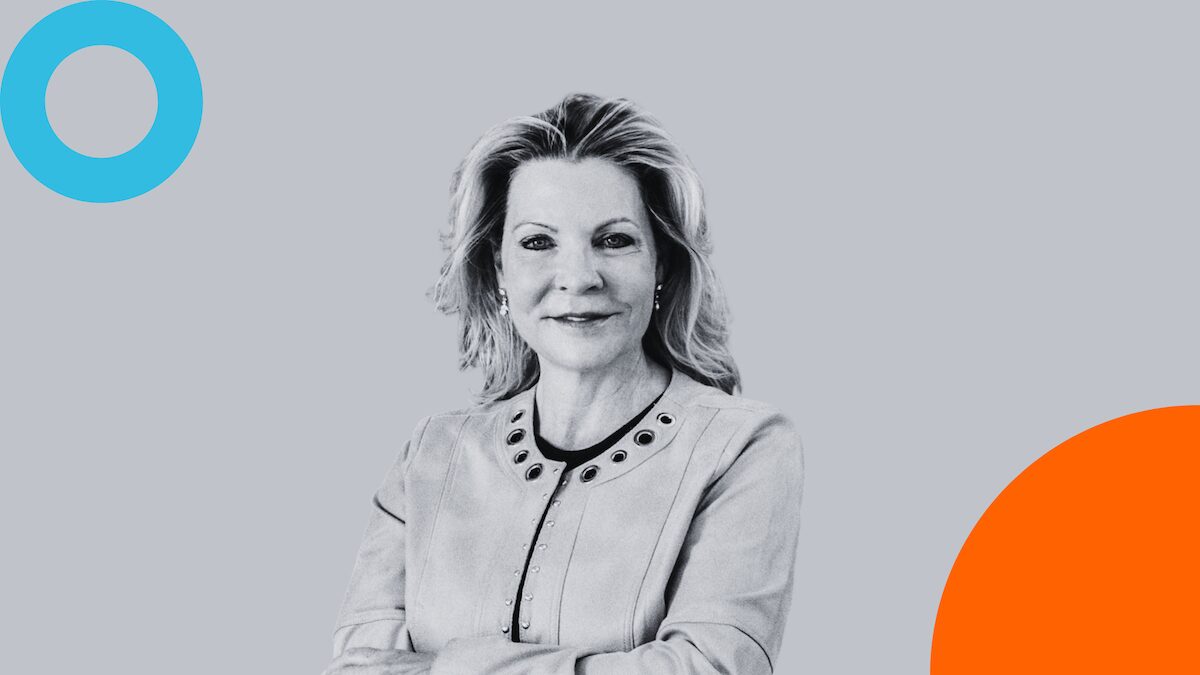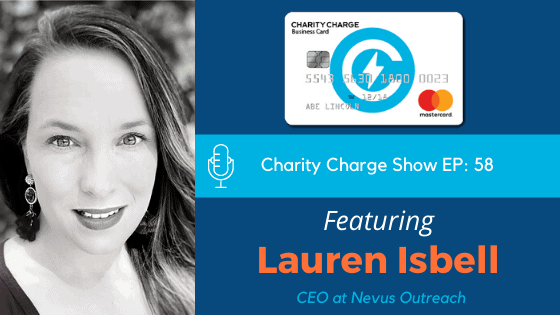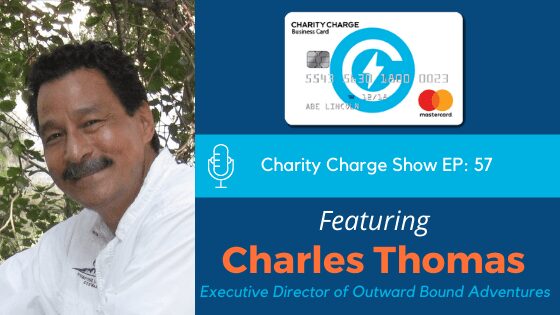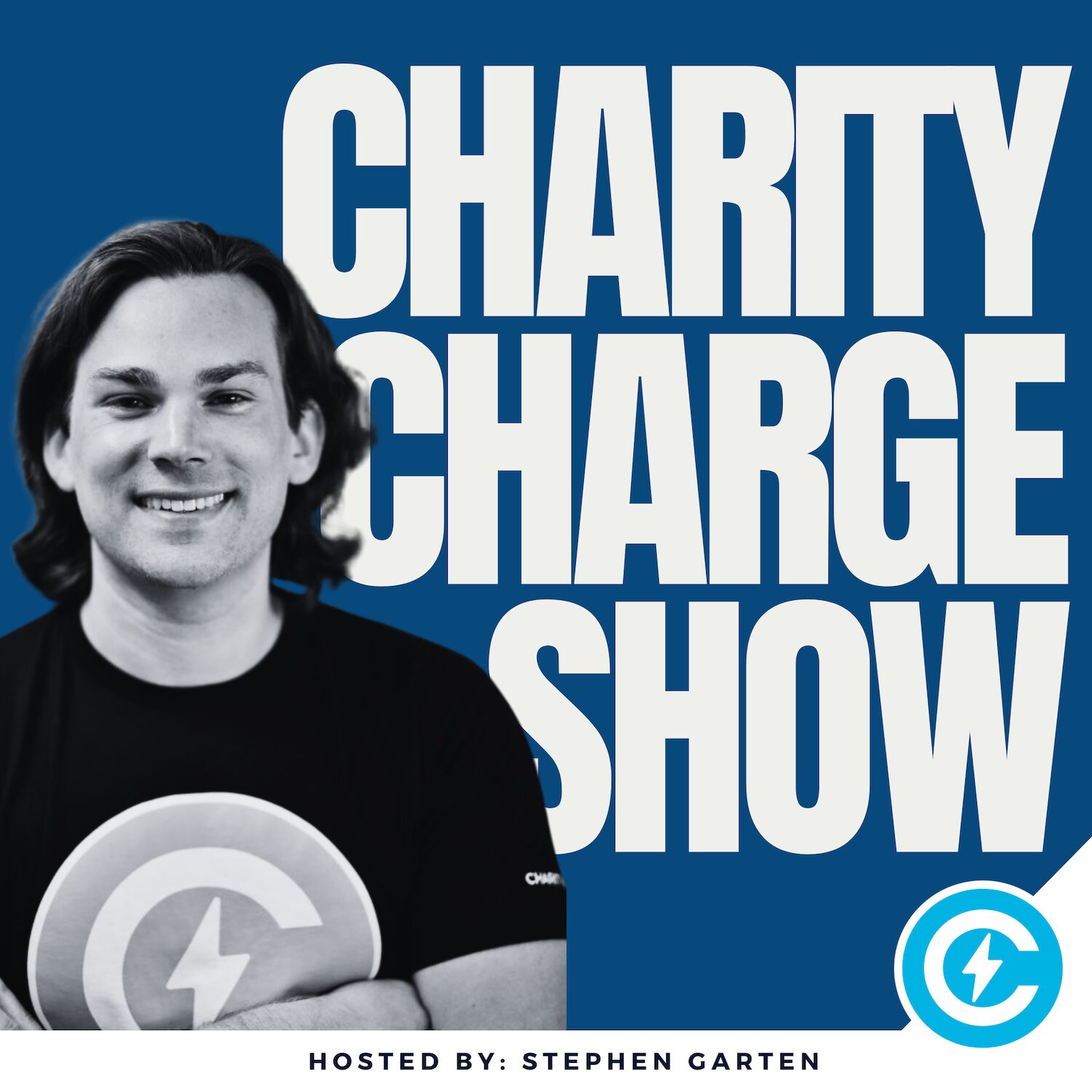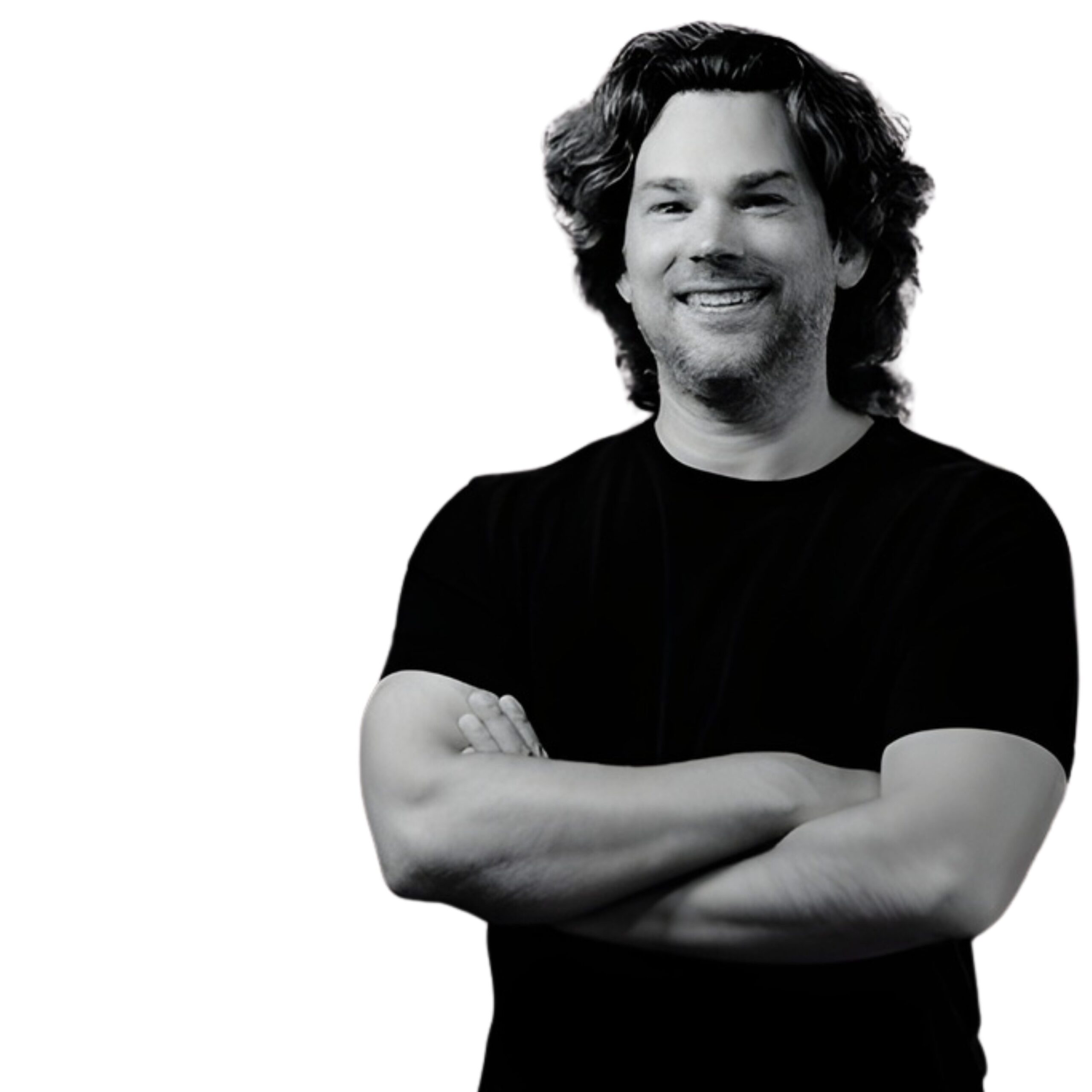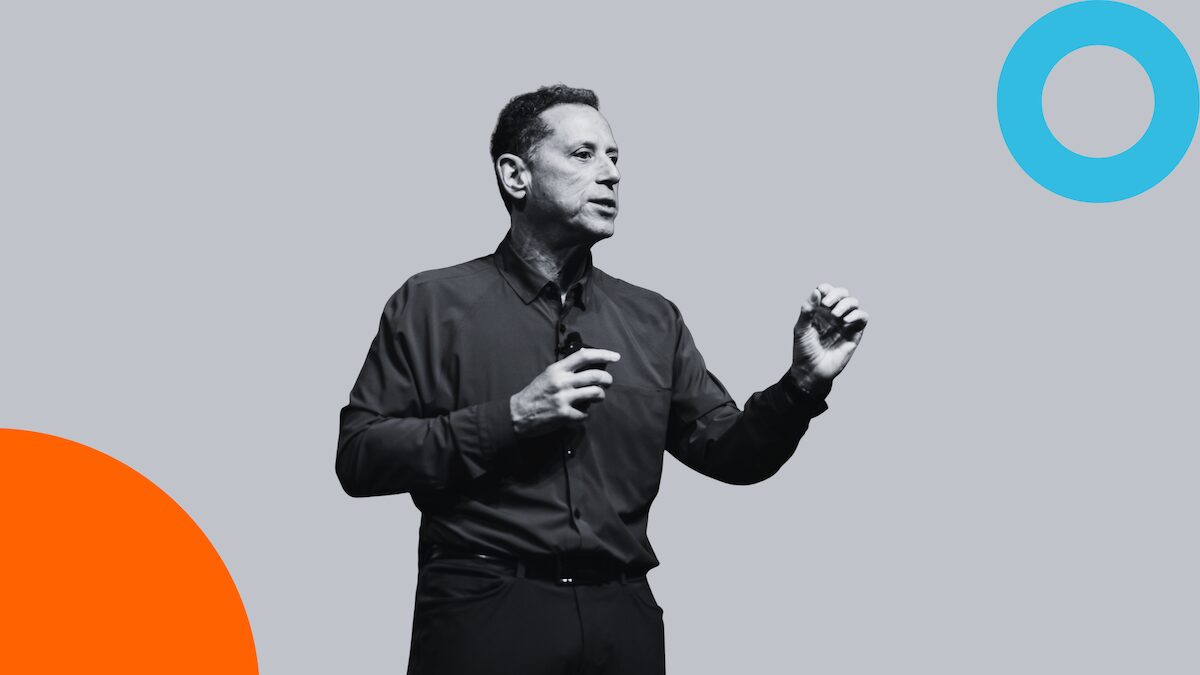In this episode of the Charity Charge Show, we interview Shelli Brunswick, an author and speaker with a diverse background in the military and nonprofit sectors. Shelli shares her journey from the US Air Force to her current role as a motivational speaker and author, emphasizing the importance of teamwork, lifelong learning, and effective communication in the nonprofit space.
She discusses strategies for building relationships with donors and the significance of aligning donor values with organizational missions. Shelli also reflects on her transition to writing and speaking, offering insights for aspiring authors and nonprofit leaders.
Key Takeaways
- Team is the multiplier. Success in service and fundraising starts with a mission-aligned team that can tell your story and carry your work forward.
- Donor alignment beats donor chasing. Match programs to donor intent rather than bending your mission to fit a check.
- Lifelong learning is non-negotiable. Leaders and staff should commit to upskilling and reskilling to keep pace with technology and program needs.
- Relationship management needs owners. Treat fundraising and partnerships as a professional discipline, not a part-time task.
- Board communication needs a plan. Use a simple, repeatable message architecture so board members can articulate mission, outcomes, and a clear call to action.
- Publish the work. For aspiring authors and thought leaders, finish the book and build a lightweight operating system for editing, marketing, and distribution.
The Power of Team
Shelli credits every chapter of her career to strong teams. In the military, thousands stand behind a single mission. In nonprofits, the principle is the same. Hire and empower people who believe in the vision, then equip them to represent the organization wherever they are: at school drop-off, in the grocery store, or at a community meeting.
Action step: Create a one-page “mission in a minute” guide for staff and board with three parts:
- Who we serve and why it matters
- What we deliver and proof of impact
- How someone can help today
Give it to everyone. Practice it. Update it quarterly.
Align Donors to the Mission
Shelli’s fundraising rule: it is not one size fits all. Start with discovery. Learn what the donor values, then connect those values to programs you actually run. If a prospect’s passion does not match your work, be an honest broker. Make a warm introduction to an organization that fits. Trust builds referrals.
Action step: Add a short “Donor Fit Matrix” to your CRM or prospecting sheet:
- Donor values and story
- Matching program and outcome
- Proof points you will report back
- Next touch and who owns it
Relationship Management is a Full-Time Job
Great fundraising is art and science. Scripts and playbooks help, but outcomes come from consistent, personal stewardship. Shelli recommends treating relationship management as a dedicated function with clear ownership and metrics. Avoid spreading this across volunteers without a point person.
Action step: Assign every top prospect to a single owner. Track three simple metrics monthly:
- Meaningful touches
- Value-aligned proposals delivered
- Stewardship updates sent
Lifelong Learning and Succession
Technology and program needs change. Shelli pushes leaders to invest in upskilling for themselves and their teams, then to build succession plans so people can take vacations, earn promotions, or move into new roles without disrupting services.
Action step: Map skills for each critical role. For every role, list:
- Current owner
- Two cross-trained backups
- Course or certification plan for the next 6 months
How to Win Board Buy-In for Staff Development
Board members want to see strategy, outcomes, and fiscal stewardship. Shelli suggests pairing your ask with a plain-language communication plan and proof of return.
A simple board packet section:
- Goal: Increase program quality and retention through staff certifications
- Plan: Specific courses, cohort size, and timeline
- Outcomes to report: Retention rates, program delivery metrics, and donor stewardship capacity
- Budget and funding path: Grant targets or operating dollars with milestones
Give board members a short script they can use when asked about your work. Make it story-led with one clear request.
Storytelling That Moves the Needle
Stories open the door. Data sustains trust. Shelli’s approach pairs a program story with a concrete result and a forward ask. Example structure:
- Story: One participant, one barrier, one breakthrough
- Proof: A measurable outcome for that program
- What more is possible: The next level of impact if funding continues or grows
- Call to action: A clear amount or resource request
Avoid Mission Drift
Chasing dollars by inventing off-mission programs leads to short-term wins and long-term problems. Shelli urges leaders to protect focus and say no when a funder’s request does not fit.
Action step: Add a “mission fit” check to new program intake. If it fails on fit or team buy-in, do not proceed.
From COO to Author: Ship the Work
Shelli’s book, What Space Got to Do With It: 10 Life Lessons for Personal Growth, blends her insights with interviews from dozens of global leaders. Her advice to aspiring authors and nonprofit storytellers: write, then stand up a simple operating system for reviews, editing, publishing, and marketing. Treat it like any program launch.
A lightweight publishing playbook:
- Outline and write on a fixed sprint schedule
- Recruit 3 to 5 independent reviewers for clarity and accuracy
- Engage an editor with deadlines
- Publish through a reliable platform
- Plan a 6-week content cadence: clips, quotes, webinars, and partner spotlights
Practical Frameworks You Can Use This Week
1) 30-Day Donor Discovery Sprint
- Book 10 coffee chats with value-aligned prospects
- Capture values, programs of interest, and giving windows
- Deliver two tailored proposals and three stewardship updates
2) Board Message Kit
- 150-word story plus three proof points
- One clear ask with giving levels
- A short list of FAQs and responses
3) Skills and Succession Map
- Identify five roles with the most risk
- Add two backups per role and a training plan
- Review progress at each board meeting
Quotable Moments
- “Nobody goes to space alone. Nonprofits do not either. Team is everything.”
- “Do not create programs to fit a check. Find donors who fit your mission.”
- “Leaders are learners. Upskilling is not optional.”
- “Relationship management is a profession. Give it owners and goals.”
- “Finish the book. Then build the system that gets it into people’s hands.”
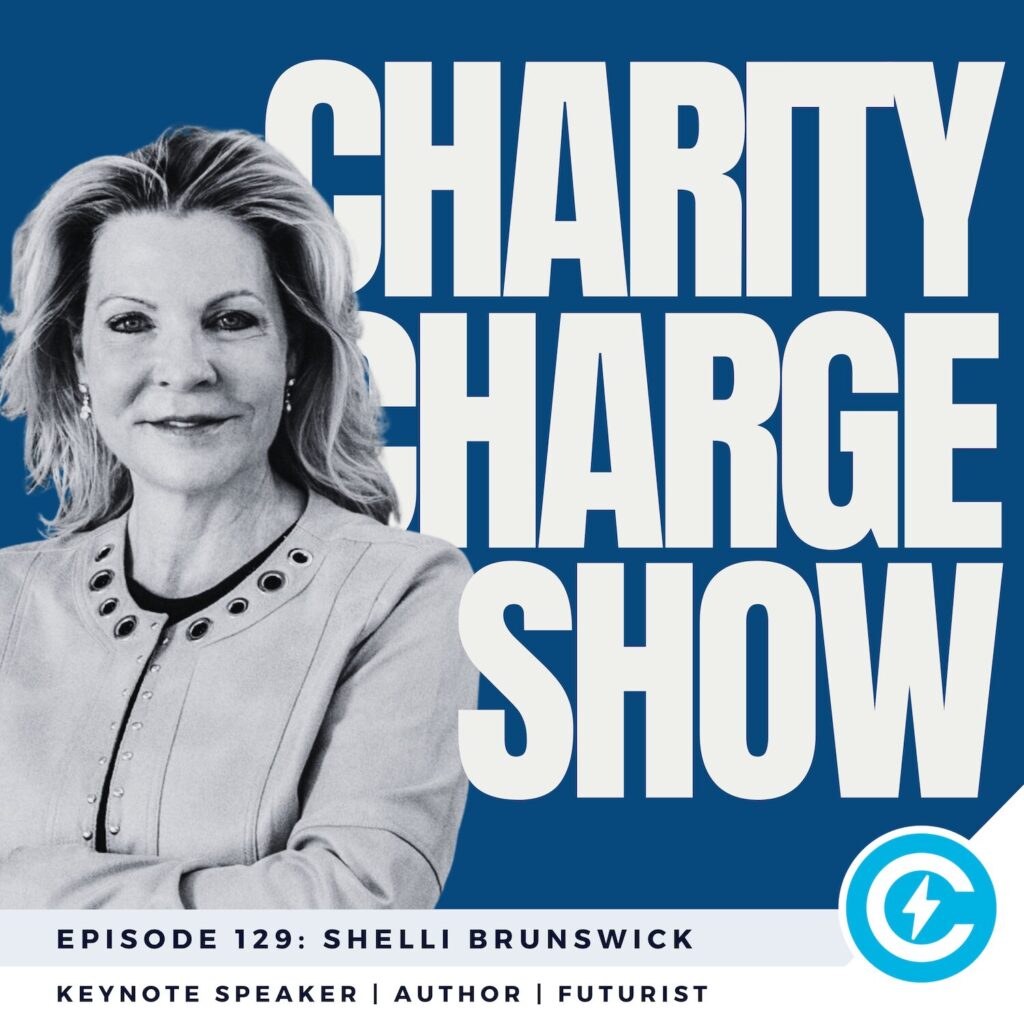
Podcast Transcript Q&A
Q: Shelli, welcome to the Charity Charge Show. For listeners new to your work, can you share the short version of your journey and what you focus on today?
Shelli: Thank you for having me. My path has a few chapters. I began in the U.S. Air Force managing space procurement, which put me on a long runway in the space industry. After retiring, I joined a nonprofit focused on K–12 education, teacher professional development, and entrepreneurial programs. Today I run my own company as a motivational speaker and author. It lets me share my experience and the insights of others as a way to give back.
Q: Across military, nonprofit, and now entrepreneurship, what lesson has stayed with you the most in the nonprofit context?
Shelli: Team. In the military you never go to space alone. There are thousands of people behind one astronaut. Nonprofits are no different. Your team must share the vision and feel part of the mission. Even as a solopreneur I still have a team. My husband is my COO, I have partners and collaborators, and I bring in 30 thought leaders per book. They are not employees. They are co-creators aligned with the mission.
Q: Nonprofits have a talent advantage because people are mission aligned, but retention and growth are hard. How do you build and keep strong teams?
Shelli: Make lifelong learning a norm. Everyone needs to upskill and reskill because technology and information change fast. Leaders must model it and create succession plans so the organization is not dependent on a single person. In the military you get regular training and new roles. In nonprofits you have to create that structure, even with funding constraints. Mentors, coaches, and targeted courses help. I still take courses while I run my company. My topics now span AI, robotics, cyber, and advanced manufacturing, so I need to keep pace.
Q: Many executives want to invest in staff education but struggle to win board support. How should they make the case?
Shelli: Start with strategy and a communication plan. Have a clear outreach plan, program growth plan, and a board communication plan. Board members are ambassadors who get asked about your work in everyday settings. Equip them with a concise narrative and results. Lead with storytelling people can remember, then add facts to back it up. Close with a clear call to action and what expanded support will achieve.
Q: Can you share a concrete example of tailoring a donor conversation to the person’s values?
Shelli: It is never one size fits all. Suppose a prospect, we will call him Jim, is passionate about entrepreneurship. Connect him to your entrepreneurship programs and outcomes. Your job is to help donors accomplish what they care about through your mission. If there is no real fit, be an honest broker and refer them to an organization that is a better match. That builds trust. Jim later introduced me to five friends who were aligned with our K–12 capacity building work because he valued the honest guidance.
Q: You describe fundraising as art and science. What does that look like in practice for a nonprofit team?
Shelli: Relationship management is a real profession, not a side task. Someone must own discovery, stewardship, and tailored proposals. The first meeting is coffee, not a pitch. Learn their goals, then come back with a fit. Report back after gifts with real outcomes and stories from beneficiaries. You will ask again in the future, so make sure the first experience is a great fit and well stewarded.
Q: Mission drift is a common trap when funding is tight. What is your advice?
Shelli: Do not create programs to chase a check. If it does not fit your mission, values, and team buy-in, it will not last and can damage trust. Align with donors who believe in your core work. That is more sustainable.
Q: You stepped down from Space Foundation and launched SB Global to write and speak. Tell us about the transition and your book, What Space Got to Do With It.
Shelli: After nine years as COO the entrepreneurial itch was still there. In 2024 I formed SB Global and began capturing the lessons I had been sharing in talks and mentoring. The book started after I gave a commencement address at Colorado State University Pueblo. The president told me to keep it real. The first three chapters came from that speech. I have interviewed more than 200 global thought leaders. Thirty appear in the book, three per chapter, to show how universal life lessons play out across fields and countries. These lessons apply well beyond space.
Q: What did you learn in the writing and publishing process that could help aspiring authors and nonprofit leaders who want to publish?
Shelli: Book one is where you learn your system. Find tools to be efficient and recruit independent reviewers. Book two moved faster. I am lining up the interviews for book three now, including astronauts and a former head of state. Once the interview set is locked, the writing flows. After the creative phase comes the business phase. You manage reviews, editing, marketing, and publishing. I publish on Amazon KDP which has been a strong partner. Someone once told me there are two kinds of writers. Those who have published and those who have not. Be in the first group. Write it, then streamline the admin so the work ships.
Q: Where can listeners engage with your work and bring you to their communities?
Shelli: I speak for boards, teams, conferences, and student groups in person or virtually. The books are on Amazon. On my YouTube channel you can watch interviews with the 30 leaders featured in each book. I am also on LinkedIn and I have started a Substack newsletter.
Q: Close us out with one piece of advice for nonprofit leaders listening today.
Shelli: Share the vision every day and bring people together around it. Your team includes staff, board, donors, partners, and community supporters. Be the light that helps them see the vision and their role in making it real. That is how you grow exponentially.

